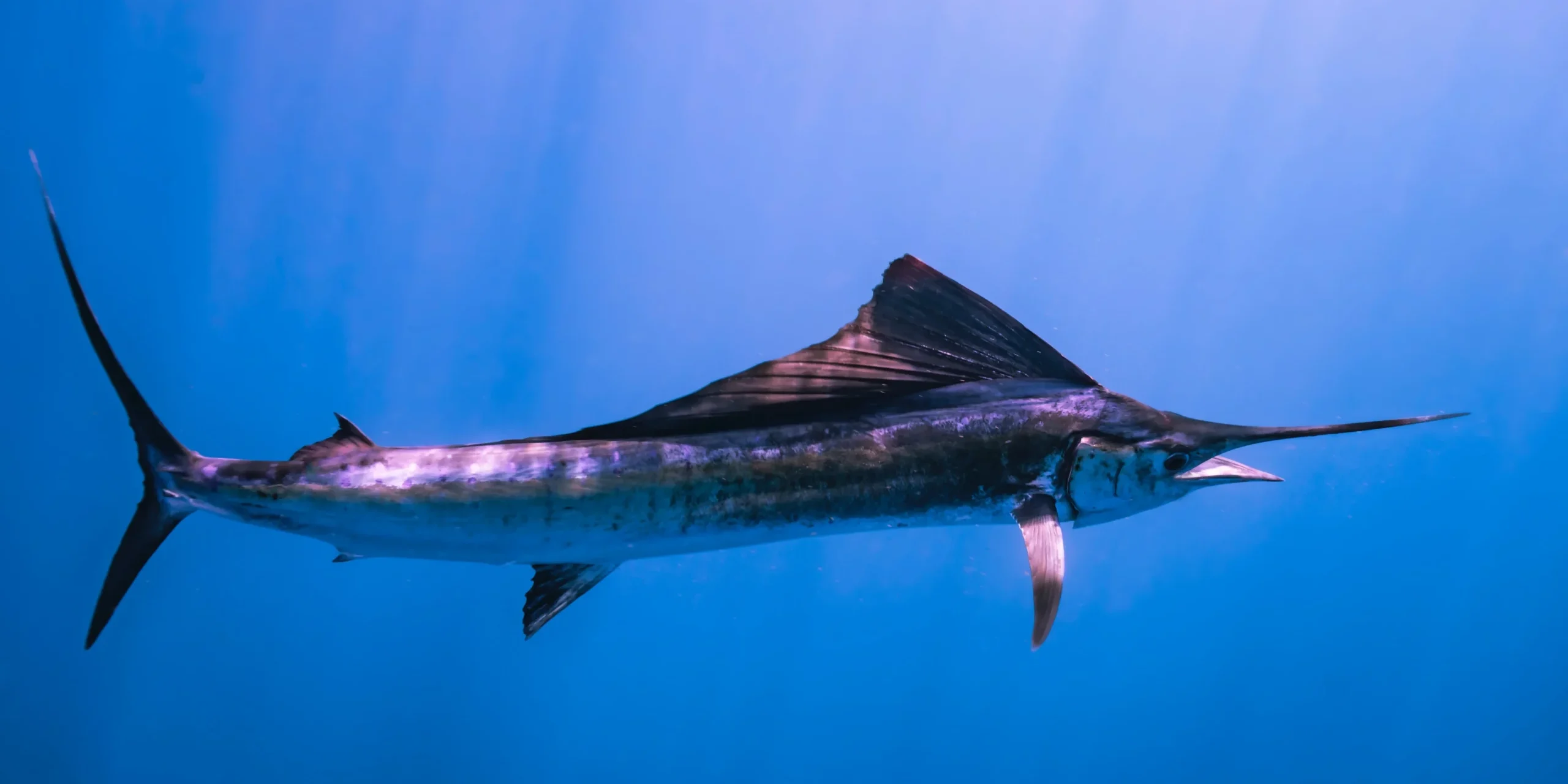One of the top game fish for a sport fisherman is a sailfish. They put up a true fight for anglers, and sometimes that fight can last a few hours. Our beloved Stuart Florida is named the sailfish capital of the world. There is a true history of sail fishing dating all the way back to the early 1900s. Before we get into some of the history, let’s go over some facts about sailfish.
Sailfish are part of the billfish family along with the blue marlin and swordfish. They start as tiny larvae and will grow rapidly in their first year of life. Considering sailfish eggs come out extremely small at birth, female sailfish can produce up to 5 million eggs for fertilization. Young sailfish will start out eating plankton, and their prey grows as they do. In a year, sailfish will grow from larvae to 4-5 feet in length. They can get up to 10 feet in length and a weight of 220 pounds, which would be considered trophy size. The average size an angler will catch is approximately 50-80 pounds and 6-8 feet in length. When they are fully grown, they are considered top predators in the open ocean.
Sailfish are accustomed to the subtropical waters of the Atlantic, Gulf of Mexico, and Pacific. The Atlantic sailfish have migrational patterns of heading into the Gulf, going down to the coasts of Central America, and coming up the coasts of Florida to the Carolinas. They tend to stay in the sunlit portions of the ocean, known as the pelagic area near the surface. That does not stop them from diving deep (up to 1500 feet) to hunt food if they need to. Sailfish are also one of the fastest fish in the sea, reaching top speeds of 70 mph.
Since sailfish are considered a catch and release (if it’s not trophy size) Martin County has a serious historical record of amounts and sizes off its coast. The Stuart Sailfish Club established in 1936 is the source of these historical records and was fully chartered as a civic organization by January of 1914. The club issued gold, silver, and bronze buttons for sizes caught, and promoted catch and release for preservation of the species.
The largest record of sailfish catches in one day was recorded on January 12th, 1937, which totaled 80 sailfish between 6 charters and around 30 anglers. From December 29th, 1940 to January 5th, 1941, there was an 8-day fishing tournament with at least 1,000 sailfish caught and released off the coast of Martin County. In December 1950 during a sail-fishing tournament off the St, Lucie Inlet, anglers reported there were estimated tens of thousands of sailfish off the coast.
Finally in 1957, after years of coining the name for itself, Stuart Florida was named the “sailfish capital of the world” with an official certificate from the state of Florida. In the certificate, it also gave the exclusive right to use that name for advertising. Whether the title is completely accurate or not, Stuart has earned the right to wear the name.
History Facts: TCPalm







